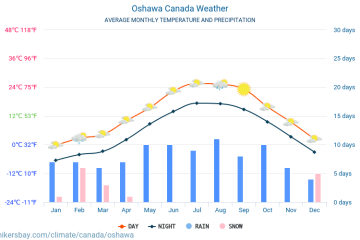After the Hunt: The Importance of Wildlife Management
Introduction
After the hunt, wildlife management becomes an essential component in maintaining ecological balance and ensuring sustainable practices. With hunting seasons varying across Canada, understanding the implications of hunting on animal populations and their habitats is critical for conservationists and outdoor enthusiasts alike. The practice of regulated hunting has long been a method for controlling wildlife populations, thereby protecting both the ecosystem and human interests.
Current Trends in Wildlife Management
According to recent data from the Canadian Wildlife Federation, regulated hunting has helped stabilize certain species, preventing overpopulation and habitat degradation. After hunting seasons, wildlife management strategies, including population assessments and habitat restoration projects, are implemented to promote animal health and biodiversity. For example, the reintroduction of wolves in areas where they were previously eradicated has proven beneficial in managing deer populations, showcasing the interconnectedness of species within ecosystems.
The Role of Technology in Wildlife Management
Technology plays a pivotal role in post-hunt wildlife management. Drones equipped with cameras and GPS tracking systems enable researchers to monitor animal movements and collect data efficiently. These advancements allow for timely interventions when populations show signs of distress or overpopulation. Furthermore, citizen scientists are increasingly contributing to wildlife data collection, fostering community involvement in conservation efforts.
Community and Cultural Impacts
Furthermore, the societal implications of hunting and wildlife management cannot be overlooked. For many Indigenous communities, hunting is not only a means of sustenance but also an integral part of cultural identity. The balance between traditional practices and sustainable wildlife management is vital, leading to collaborative efforts that respect both conservation science and Indigenous knowledge.
Conclusion
In conclusion, the period ‘after the hunt’ represents a crucial phase in wildlife management that ensures the ongoing health of ecosystems and species preservation. As hunting practices evolve, integrating scientific research, technological advances, and community perspectives will be essential in fostering sustainable wildlife populations. For readers, understanding the importance of this phase not only enhances appreciation for wildlife but also underscores the vital role humans play in nurturing and protecting our natural environments.









